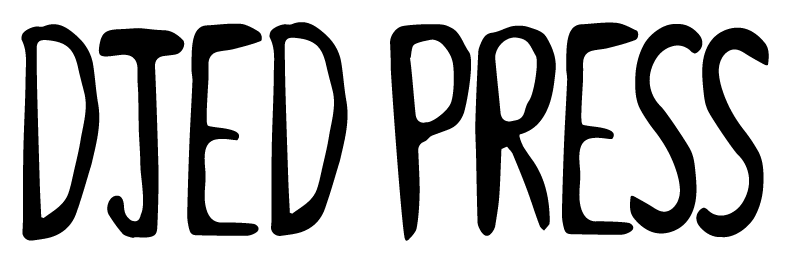What we are
Djed Press is an online publication that exclusively works with and publishes Bla(c)k creatives and other creatives of colour (POC).
Djed’s main purpose is to address the insufficient representation of marginalised peoples within the Australian literary landscape today. We are committed to increasing diversity and visibility especially in a time where racial tensions around migrants, people from refugee and asylum seeker backgrounds, Muslims and First Nations peoples are high, both here on home soil and overseas.
We seek out, develop and present new works by Bla(c)k and other POC creatives, with a special interest in those with intersecting identities. We believe that by having greater representation within Australian publishing, an industry that drives social standards, we will collectively be able to better shape and drive the literary landscape.








